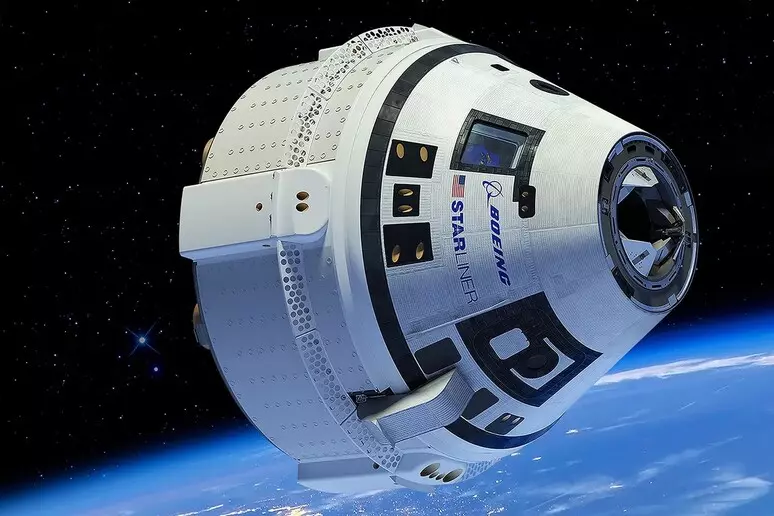NASA has announced that the next launch of the Boeing-developed Starliner shuttle will not take place until 2026. The news comes exactly one year after the complicated docking with the International Space Station (ISS), which led astronauts Sunita Williams and Butch Wilmore to a forced nine-month stay in space, instead of their planned stay of just a week. The two eventually returned to Earth thanks to a shuttle from SpaceX, Boeing’s direct competitor in the U.S. space program.
The new postponement complicates the future of NASA’s space programs, just as on the political front, tensions escalate between Elon Musk and Donald Trump. Indeed, Musk has threatened to withdraw Crew Dragon shuttles from NASA’s astronaut transport program under the Commercial Crew program, a move that would have a huge impact–the U.S. space agency has so far relied almost exclusively on SpaceX for flights to the ISS.
Despite ongoing testing and modifications, the Starliner—funded by NASA with more than $2 billion to offer a commercial alternative to the Dragons—is not yet ready to perform its task. The vehicle has faced a long series of technical problems that continue to slow its operation.
All of this comes at a particularly critical time for NASA, which is threatened by possible federal budget cuts. If SpaceX does indeed pull out, the agency risks finding itself without an operational vehicle to transport American astronauts into space.












